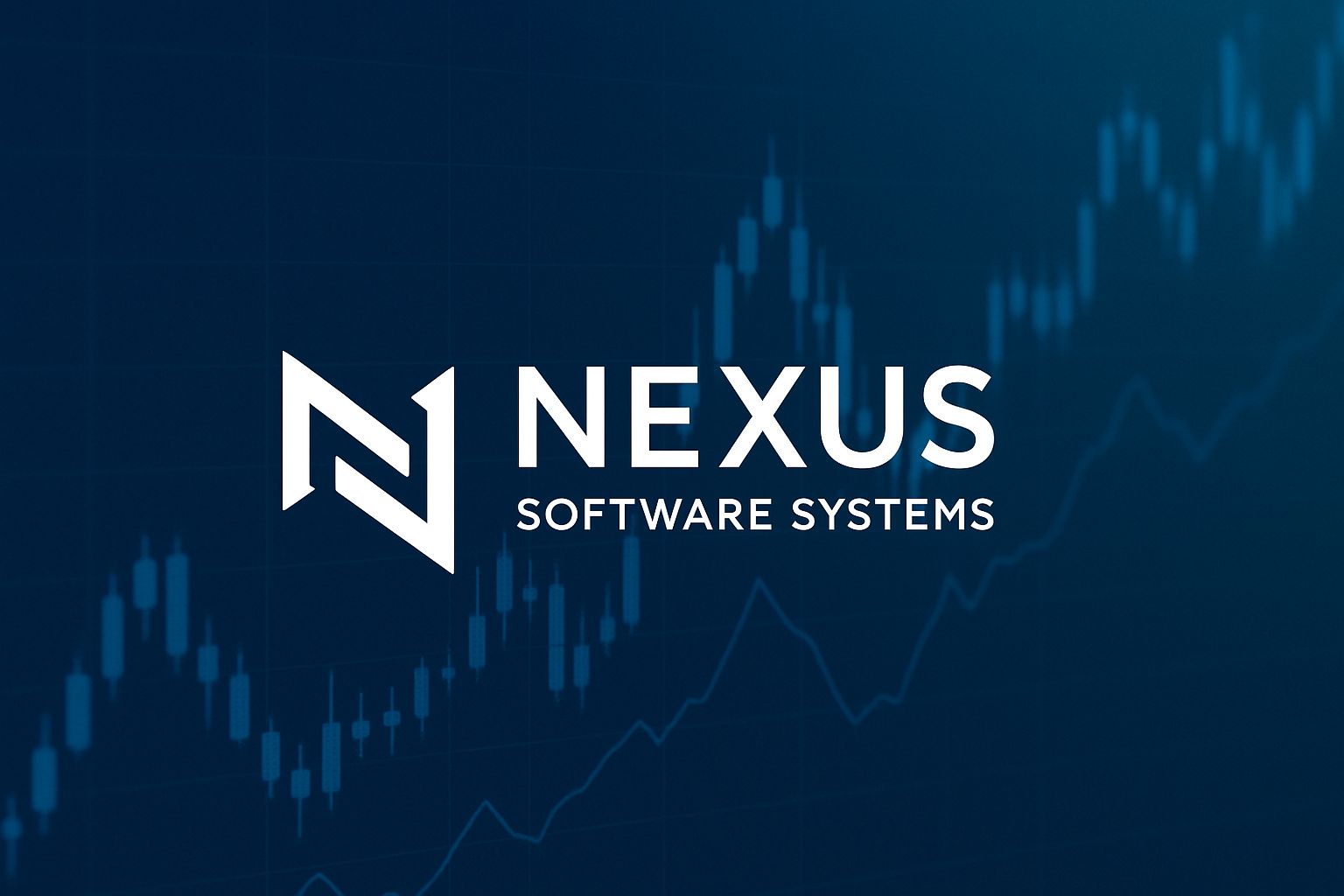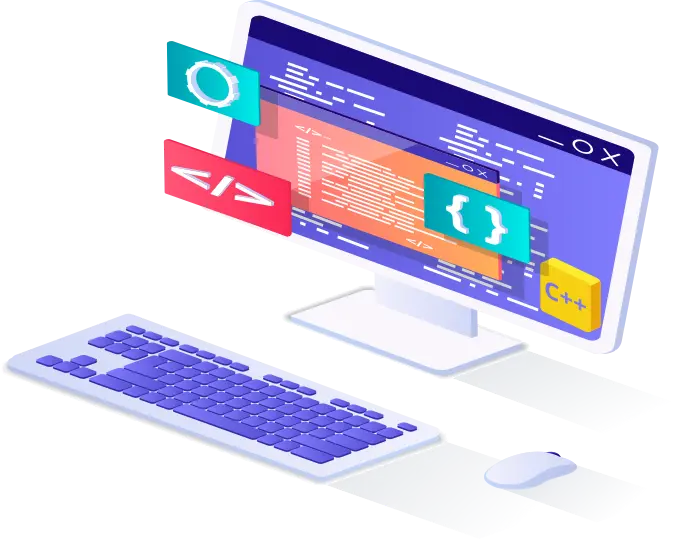An eCommerce website’s success is due to specific features more than the quality and variety of products.
By using these important eCommerce features, you are sure to improve your customers’ online experience and see a boost in your revenue.
eCommerce features, functionality and design.
There are specific features your eCommerce website should have in order to be more successful.
“For the past 25 years, we’ve audited numerous multi-million dollar eCommerce websites and during every single website audit, we’ve identified significant technical errors, layout bugs, or flawed interactive features."
Successful eCommerce websites rely on specific features and functionality to maximize conversions, encourage repeat customers, and grow sales.
The success of an eCommerce website is determined not only by the products offered and how well the website is marketed, but also by the eCommerce features your website provides to your customers as well as to you or your administrative staff.
For example, it’s important that you have the ability to easily manage your eCommerce website and that the administrative features work with your business processes.
You should able to effectively add or edit products, set pricing and integrate with other eCommerce applications, such as getting real time shipping quotes and processing credit card payments.
In this context “effectively” adding and editing products means being able to quickly add or modify product descriptions, prices and images and for the product pages to automatically be optimized for search engines with dynamic page titles, image alt tags and structured JSON product data.
If you would like a new eCommerce website designed or an existing one redesigned, the following are key features that a successful eCommerce site should have.
The Most Important eCommerce Features Include:
- Product administration
- Content management capabilities with integrated blog or articles section
- Mobile device accessibility
- A simple, easy-to-use checkout process
- Integration with other applications (live shipping quotes, payment processors, email marketing)
- Promotion and discount codes
- Search engine optimized pages
- Reporting tools
- Multiple payment options including credit cards, PayPal, (Amazon, Google, Apple Pay), purchase orders.
- The ability for your eCommerce system to dynamically scale up with more traffic
- Search functionality with auto-complete that returns the appropriate results
- Category filtering
eCommerce features that matter to your customers
The majority of shoppers say usability and responsiveness are the most important elements of an eCommerce website.
An eCommerce site must be fast. 3 out of 4 shoppers say they’ll leave an eCommerce website if it’s slow to load.
A customer who has selected merchandise and started the checkout process has already established the intent to buy. Now it’s up to your eCommerce website to enable that customer to quickly and easily complete the transaction.
Overall, the average conversion rate for eCommerce sites is 2% to 3%. Conversion barriers are not limited to startups or small retailers.
Most eCommerce websites fall short when it comes to following the core best practices.
The good news is: it’s the fundamentals, not flashy technical capabilities that determine eCommerce shopping cart conversion and abandon rates.
Once identified, common customer turnoffs can be fixed. In fact, BI Intelligence calculated that about 63% of the revenue being lost to shopping cart abandonment is able to be recovered through improved checkout processes and conversion optimization strategies.
While your own checkout statistics should be analyzed to pinpoint where and why your customers are abandoning shopping carts, experience and data-based analysis have resulted in eCommerce industry consensus on many best practices.
By reducing checkout time, keystrokes, errors and other barriers and adding features such as multiple streamlined payment options, flexible payment terms, address auto-detection, secure transactions and efficiency, all by using dedicated eCommerce functionality, merchants can cut down high cart abandonment rates, increase conversions and keep satisfied customers coming back.
Here’s a summary of eCommerce experts’ key recommendations.
-
The average number of checkout steps is five, but eCommerce experts agree that less is more in this case. Some say three should be the goal, particularly for returning customers.
-
The checkout process steps should be numbered or other indicators provided to show the customer that they are progressing toward completing the order.
-
Ask for simple information first (name, address, email), and credit card information last.
-
Use clear, direct language to help customers understand what they need to input and why.
-
Enhance form field labels with short descriptions (e.g., “Your card’s security code: the 3 or 4 digit code found on the back of your card”).
-
Avoid generic error messages such as “Invalid” or “Not a valid US phone number.” Instead, explain the error and provide an example of a valid entry (e.g. 888-211-7806).
-
Don’t Require Seemingly Unnecessary Information. If it’s absolutely necessary to have, explain why you are requiring additional information such as phone number or date of birth.
Did you know … Over 60% of on online shoppers are hesitant to share their phone numbers. Yet many eCommmerce websites require a phone number without explaining why it’s required.
A simple explanation such as “it’s for resolving payment, order or shipping issues” goes a long way towards establishing trust.
- Avoid abbreviations such as “M.I.” and “QTY,” which require the customer to pause and think about what they mean.
Streamlined Checkout = Higher Conversions
Improvements to the checkout process provide unparalleled opportunities for driving eCommerce website conversions.
Surprisingly even multi-million and multi-billion dollar companies fail to implement some of the critical best practices for checkout.
Companies large and small have checkouts ridden with issues - ranging from unclear messaging to overly complex navigation - that create friction in their eCommerce shopping experiences and lead to lower conversions.
Fortunately there are well defined usability best practices that can be applied to improve the checkout process.
Streamlining the Checkout Process
Minimize the steps and time required to checkout: In various surveys, roughly a quarter of online shoppers cite time constraints as the reason for shopping cart abandonment.
Optimizing checkout pages load time pays off.
For example: Econsultancy noted that in one client test, an agency found that introducing a two-second loading delay in the first checkout page caused conversions to drop 60% versus load time optimized first pages.
Product Search
Being able to search for products is crucial to every eCommerce experience. 71% of shoppers say they regularly use the search function and often it’s the first place they go to on an eCommerce website.
-
Auto-Complete – Search with auto-complete functionality that dynamically populates product names or categories
-
Semantic search – Search results with meaning, as distinguished from lexical search or literal matches of the query words, to deliver better search results
-
Product Filters – Most shoppers say they highly value being able to filter products by different attributes via a site’s search
-
Product Sorting – The ability to sort by price or reviews are helpful for shoppers to find the products they want.
-
Breadcrumbs – Include navigational elements, such as breadcrumbs in result pages
-
Detailed Results – Present images and ratings within search results
-
Product Comparisons – Offer the opportunity to analyze product features and pricing side-by-side.
Additional strategies for increasing eCommerce revenue: Checkout should be viewed as an important opportunity to generate incremental revenue.
By using a recommendation engine you can remind shoppers of accessories and related items often purchased together.
Test and analyze to determine where and when upselling works best, without alienating shoppers.
Use the monetary amount in the cart as one metric in guiding cross and upselling efforts.
Conclusion
By implementing specific eCommerce features and functionality to maximize conversions, encourage repeat customers, and grow sales, you are sure to improve your customers’ online experience and see a boost in your revenue.
Contact us for a free evaluation of your eCommerce features.



